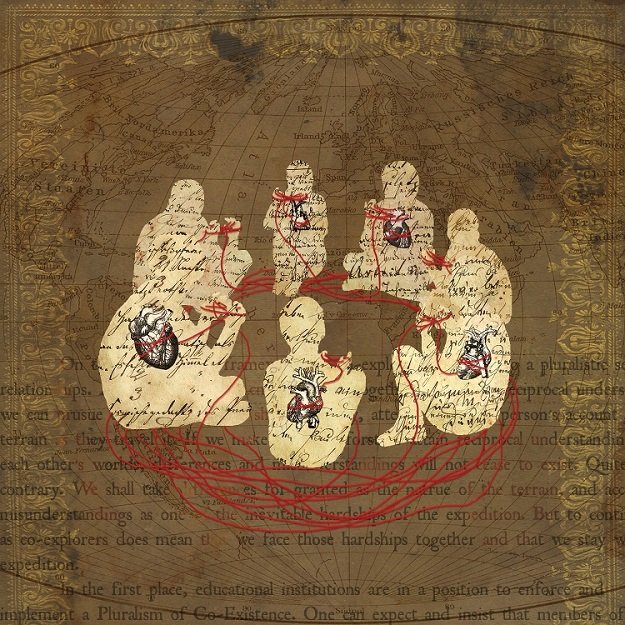Analysis of communications in the organization. /part 3/
Positive things to maintain communication are: keeping eye contact; periodically nodding in consent; smiling and showing interest; a slight bending forward to the boss and the use of a distance. Negative for terminating communication are: watching away or withdrawing from the speaker; eye closure; making too many sounds. In principle, communication requires the participation of at least two people: source and recipient of the information.
This in turn suggests that communication can hardly be conceived as a one - time act, but rather, as defined above, an exchange of information involving a number of successive phases (stages): the emergence of the idea; coding; transmission; acceptance; decoding; perception; use; feedback . Communication can also be vertical and horizontal: vertical communication - down / down / up / up /: downlink communication - from supervisor to subordinate. Through her the superiors set the tasks, the goals of the employees, give feedback about the performance of the work.
It can be through personal contact or written; upward communication - from lower levels to higher ones. While downstream communication is normal for the organization, the upward is something more specific, as not every type of communication is allowed in every company. However, it is important because it provides feedback - subordinates give not only their statements but also their ideas and advice. It can be done with boxes of suggestions, discussions between subordinates and managers, a survey of attitudes, etc. Some of the recommended management practices for achieving more perfect upward communication are: asking; listening; "Open door policy"; participation in informal events and groups; Horizontal lateral communication - Exchange of information between members on one level of the organization.
The question arises of the need for horizontal communication if there is good vertical communication. Positive horizontal communication saves time when transmission of messages. Negative - With such communication, managers may feel redundant and sometimes negative. Communication according to the structure is formal and informal. Formal communication - follows the formal structure of the organization, the official networks. Typically, this formal communication is vertical and primarily affects the problems associated with the particular job. It has been said that the communication process goes through successive phases, and the model process itself is: a source; message to be encoded; channel; decoding; recipient; feedback . In the beginning, the source must have some purpose, an idea. It is embedded in the message to be transmitted in encoded form.

This post has received a 10.24 % upvote from @boomerang.